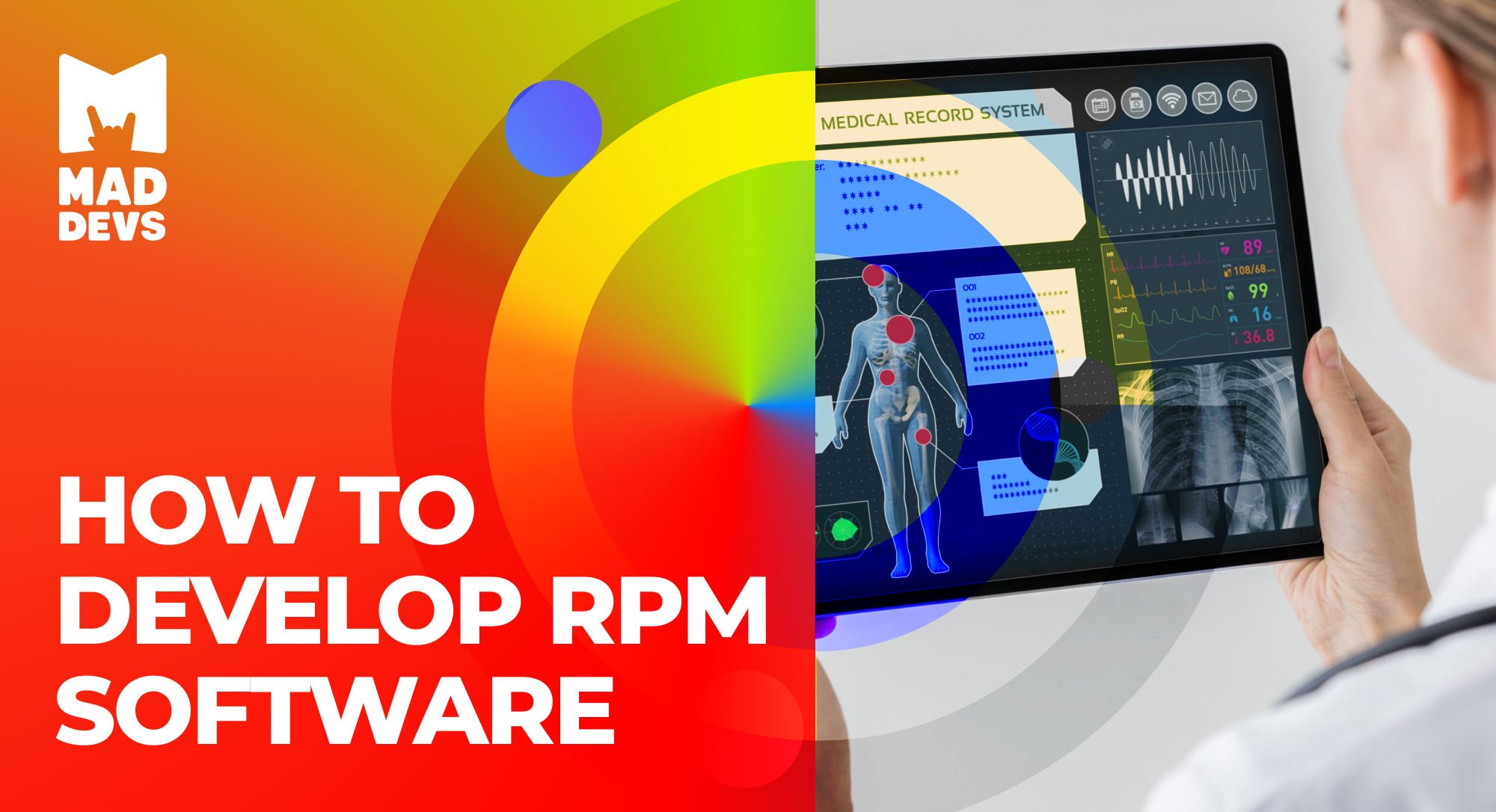Cutting-edge RPM Software: Reinventing Patient Surveillance in Healthcare
Cutting-edge RPM Software: Reinventing Patient Surveillance in Healthcare
Blog Article
The Future of Health Care: Remote Individual Monitoring Streamlined
As medical care continues to evolve, one location that holds tremendous pledge is remote patient tracking. With a focus on improving person results and enhancing health care distribution, remote tracking is poised to reinvent the sector.
Benefits of Remote Client Tracking
Remote client monitoring presents a multitude of benefits for both health care providers and individuals alike. Additionally, remote person surveillance improves the overall quality of treatment by giving an extra extensive and alternative sight of clients' health and wellness status past typical in-person brows through.
Additionally, remote client tracking can result in improved patient end results and satisfaction. Individuals can enjoy the convenience of receiving care in the comfort of their very own homes while still knowing that their health is being carefully kept track of. This can cause raised patient engagement and adherence to treatment plans, ultimately bring about better wellness end results. Furthermore, remote tracking can decrease the requirement for regular medical facility brows through, reducing healthcare expenses for both service providers and patients. Overall, the benefits of remote patient surveillance are clear, making it a valuable tool in modern-day medical care delivery.
Modern Technology Driving Remote Monitoring
In the world of modern health care, technical advancements play a critical function in driving the advancement and efficiency of remote individual tracking. The combination of cutting-edge technologies such as wearable gadgets, mobile applications, and cloud-based systems has actually changed the way health care companies remotely handle and keep track of patient wellness - remote patient monitoring platform. These innovations make it possible for continuous real-time surveillance of crucial indications, drug adherence, and various other vital wellness information, allowing for timely treatments and personalized care strategies
One key technology driving remote surveillance is the Net of Points (IoT), which enables smooth connectivity in between clinical devices and healthcare systems. IoT devices such as smartwatches and wireless sensors collect and send individual data to centralized systems, promoting remote tracking from anywhere in the world. Expert system (AI) and artificial intelligence formulas further boost remote tracking by evaluating large amounts of patient data to find patterns, anticipate wellness fads, and alert health care service providers to possible concerns.
Effect On Healthcare Distribution
With the combination of sophisticated modern technologies driving remote person tracking, the impact on medical care shipment is coming to be transformative and increasingly extensive. Remote client surveillance allows doctor to provide more proactive and tailored care to people, causing enhanced wellness results and decreased healthcare facility admissions. By remotely tracking essential indicators, symptoms, and medication adherence, health care professionals can intervene early, avoiding difficulties and enhancing the overall high quality of care.
Furthermore, remote tracking enhances accessibility to healthcare solutions, particularly for people in rural or underserved locations. Individuals can get continual tracking and support from their homes, getting rid of the need for regular in-person check outs. This not only saves time and lowers expenses for both patients and healthcare facilities however also minimizes the threat of direct exposure to transmittable diseases, a crucial factor to consider in the current medical care landscape.
Additionally, remote person monitoring allows doctor to better allocate resources and prioritize care based upon real-time data. By determining risky patients and interfering promptly, healthcare delivery becomes a lot more reliable and efficient, eventually leading to an extra lasting and patient-centered health care system.
Improving Individual Results

In addition, RPM enables proactive administration of persistent problems, decreasing the probability of severe exacerbations and healthcare facility readmissions. Clients gain from boosted benefit and comfort, as they can get treatment in their very own homes while staying attached to their medical care service providers. This continual surveillance not just enhances individual fulfillment however likewise cultivates a sense of empowerment and interaction in their very own health monitoring.
Future Trends in Remote Tracking
Welcoming sophisticated modern technologies in remote client surveillance is forming the future landscape of medical care shipment. The future fads in remote tracking are anticipated to change the means medical care is offered, making it a lot more reliable and patient-centric. One considerable pattern is the boosted use of wearable gadgets and sensing units to accumulate real-time data, allowing medical care suppliers to keep an eye on people continuously without the requirement for constant in-person sees. These gadgets can track crucial indications, drug adherence, and activity degrees, supplying an extensive sight of the person's health status.

Moreover, telehealth systems are becoming a lot more advanced, permitting virtual consultations, remote diagnosis, and remote person keeping an eye on done in one incorporated system (best remote patient monitoring software). This alternative method to remote monitoring is enhancing health care delivery, improving patient fulfillment, and ultimately, boosting total quality of care
Conclusion
To conclude, remote client monitoring provides countless benefits in health care delivery, driven by advancements in modern technology. It has the possible to boost person outcomes and transform the way medical care is provided. Future patterns in remote tracking will certainly remain to form the landscape of health care, giving chances for more personalized and reliable individual treatment.
Remote client tracking presents a wide variety of advantages for both medical care companies and patients alike. Furthermore, remote client surveillance boosts the overall quality of treatment by supplying a much more holistic and comprehensive view of clients' health and wellness condition beyond typical in-person gos to.
Moreover, remote client tracking can lead to improved patient results and fulfillment. Remote individual tracking allows medical care service providers to supply even more positive and individualized treatment to people, leading to improved find out here now health and wellness outcomes and minimized medical facility admissions. Remote client tracking (RPM) plays a substantial function in improving patient results by supplying continual, real-time information that allows health care companies to intervene without delay and change therapy plans as needed.
Report this page